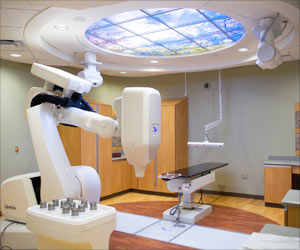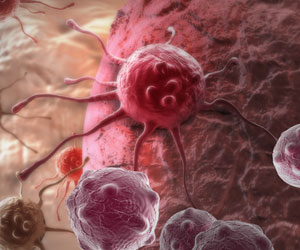Risk for aging-related diseases such as heart disease and diabetes was significantly higher among thyroid cancer survivors in Utah.

‘Thyroid cancer survivors are at increased risk of many aging-related diseases, including diabetes, heart disease, and osteoporosis.’





They study got published in Cancer Epidemiology, Biomarkers & Prevention, a journal of the American Association for Cancer Research. Mia Hashibe, PhD, associate professor in the Department of Family and Preventive Medicine at the University of Utah, Salt Lake City, and a Huntsman Cancer Institute (HCI) investigator is the author of the city.
Hashibe explained that cancer survivors are living longer today than ever before, and they need to be aware of long-term disease risks. Thyroid cancer survivors are a group we are particularly concerned about for long-term health issues, since thyroid cancer is often diagnosed at an earlier age than other cancers, and the five-year survival rate is very high, at 98 percent, she added.
Hashibe and colleagues analyzed electronic medical records, statewide health care data, voter registration records, residential histories, family history records, and birth and death certificates obtained from the Utah Population Database, a research resource managed by the HCI, which contains an extensive collection of family histories linked to medical and demographic records. They identified 3,706 people who had been diagnosed with thyroid cancer between 1997 and 2012, 37 percent of whom were less than age 40 at diagnosis. For each of the thyroid cancer survivors, the researchers extracted data for up to five cancer-free individuals matched to the survivor by birth year, sex, and birth state.
The investigators looked at risk for 39 aging-related diseases. Overall, thyroid cancer survivors had significantly increased risk for many of these diseases. For example, all thyroid cancer survivors had significantly increased risk for hypertension and diabetes at all time points after diagnosis compared with age-matched, cancer-free individuals. For most of the other diseases, risk was increased at some time after diagnosis for either the group diagnosed at a young age or an older age.
Advertisement
"We found that thyroid cancer survivors are at increased risk of many aging-related diseases, including diabetes, heart disease, and osteoporosis," said Hashibe. "Some of the risks appeared to be higher for those diagnosed at a young age--less than 40--than for those diagnosed at older ages, and the more aggressive treatment often given to younger patients may contribute to this."
Advertisement
This is a retrospective, observational study. One of the limitations of the study is that detailed information on treatment was limited, making it hard to determine the effects of specific treatments on risk.
Source-Eurekalert













